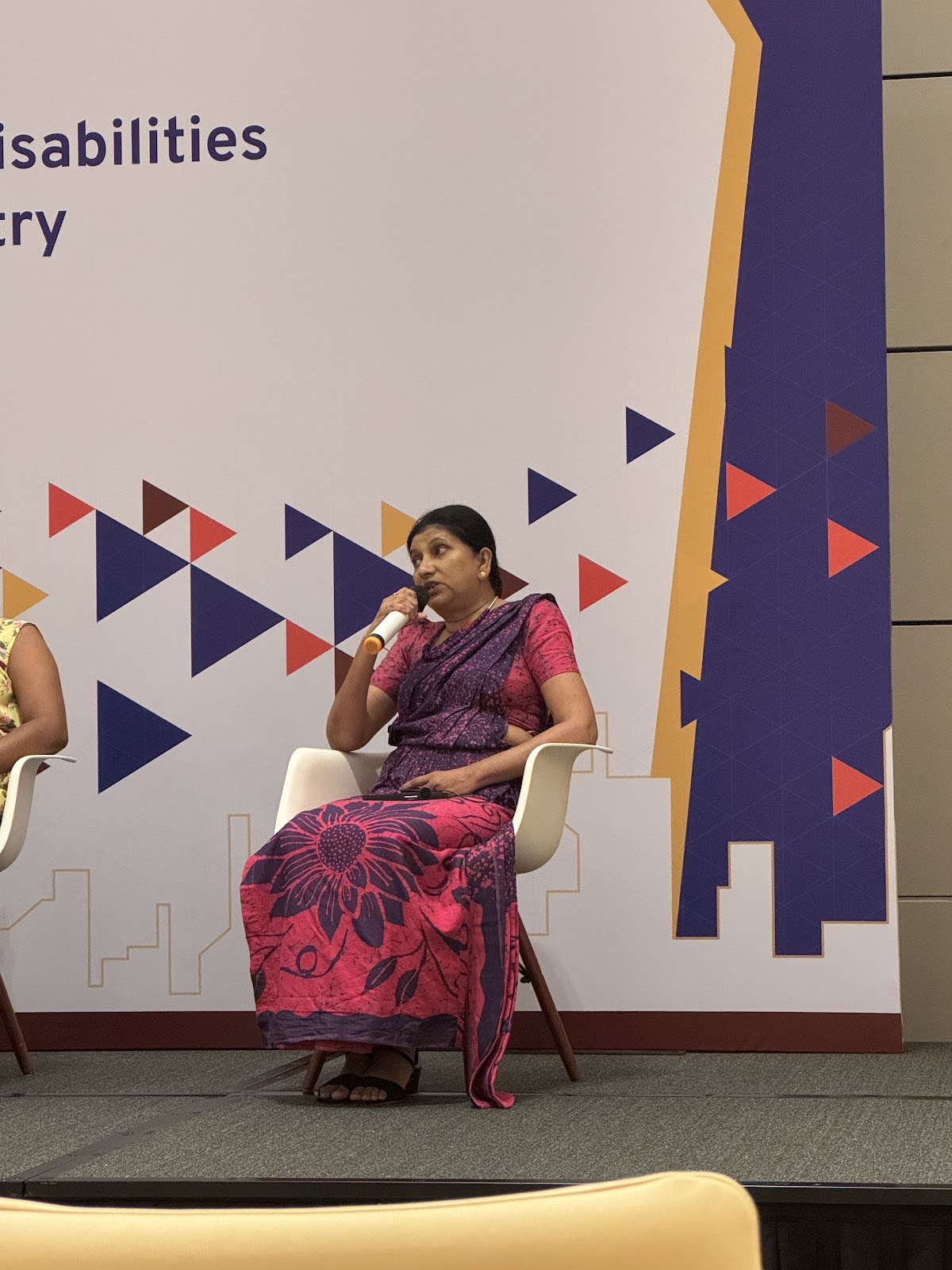Vision Impaired persons are supported with braille papers and white canes
Vision impaired persons use the white cane as an eye. The sense of touch is felt by the tip of the white cane and thereby through sense they find their way. During the Second World War large number of soldiers became vision impaired. During that period Mr. Richard E. Hoover invented the white cane to rehabilitate the soldiers. Since then the white cane is used around the world as an assistive device for vision impaired persons.
In 1969 The International Federation of the Blind which is now known as the World Blind Union had its annual general meeting at Galle Face Hotel in Sri Lanka. At that meeting it was decided to declare 15 October as the International White cane Day. Since then each year on 15 October the International White Cane Day is celebrated around the world.
The white cane is divided into three parts.
1 The grip
The grip is the top part of the white cane and it is made out of rubber so that it is shock proof.
2 the Shaft
The shaft is the middle part of the white cane which is made out of one inch aluminum pipe.
3 The Tip
Bottom part of the white cane is called the tip which is made out of nylon rod.
The colour of the white cane is white because it can be seen at a longer distance for sighted persons. 6 inches from the bottom of the white cane is coloured in red to indicate that it is a blind person. 18 inches from the bottom is coloured in red in order to indicate that it is used by a deaf blind person. The weight of a white cane is 230 to 280g.
A white cane helps a vision impaired person to go to the destination he wants independently, safely and with the minimum period of time.
When a vision impaired person takes a white cane into his hand, he or she should decide where am I? where should I go and how I am going.
Gate pattern is very important to walk with the white cane, which consist of body balance and the walk pattern. When you keep the left leg forward the tip of the white cane should touch the right edge of the body width.
There are technics for ascending, descending, walk through narrow ways, gliding, find gateways, walk through payments, crossing the road etc.
It is very important a #vision impaired person to be independent with a white cane. Otherwise they will become double dependent.
Braille papers are important for vision impaired persons to write Braille in a Braille slate and in the Braille Writer. It is a thick paper which assist to write Braille which will last a long period of time.
The Inner Wheel Club of Colombo together with The Employers’ Federation of Ceylon, Specialised Training & #Disability Resource Centre donated Braille papers and white canes for vision impaired persons in October 2021 to mark the International White Cane day.
#Manique Gunaratne
Advisory Board Member – 18+ Alliance for Care Leavers (SOS Children’s Village)





Comments
Post a Comment